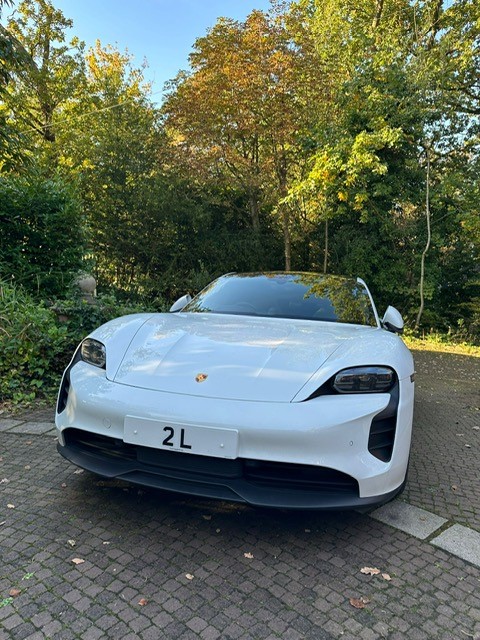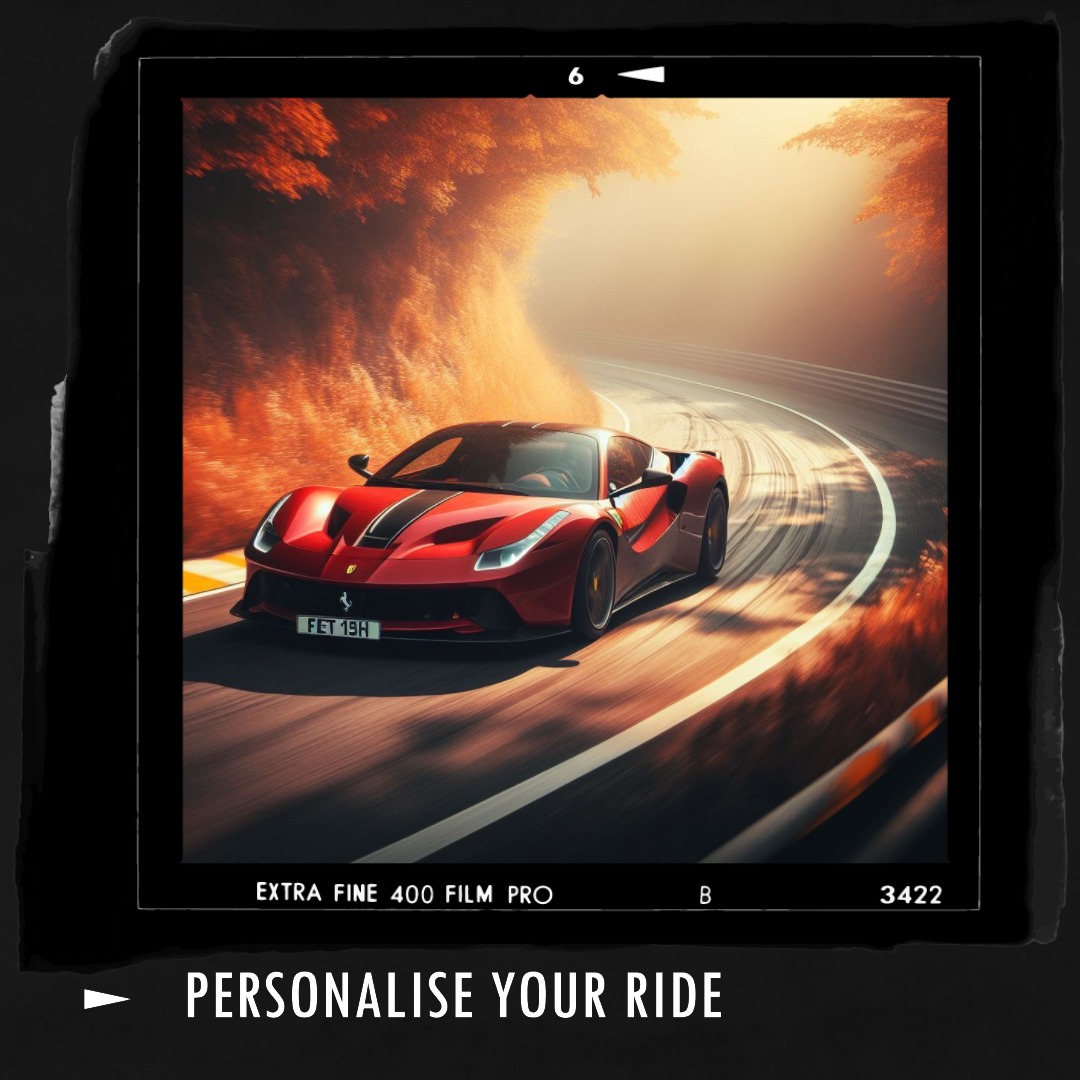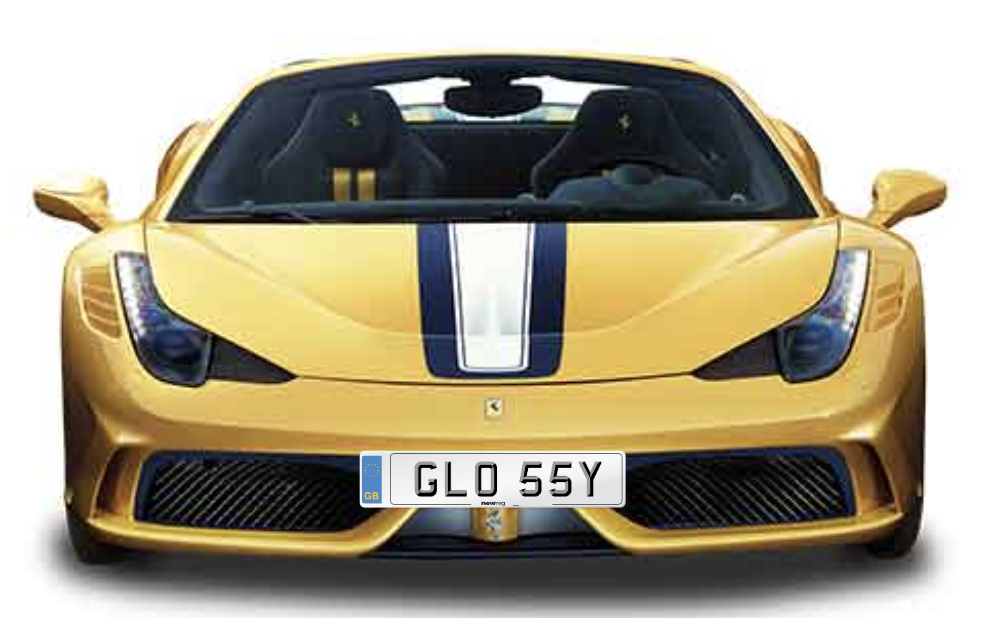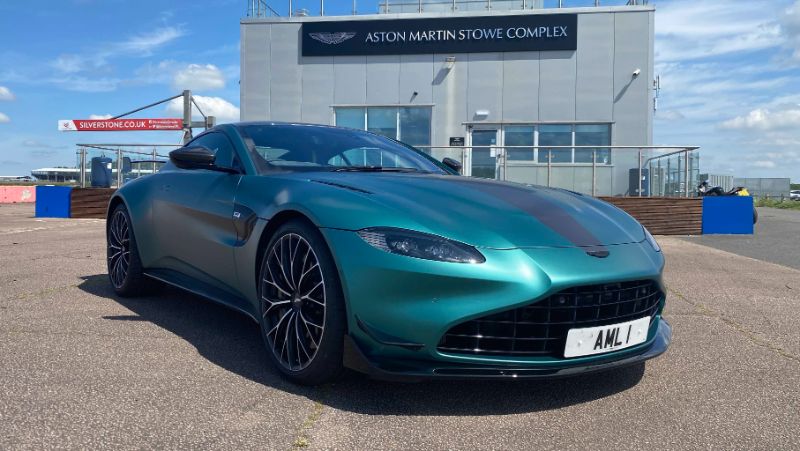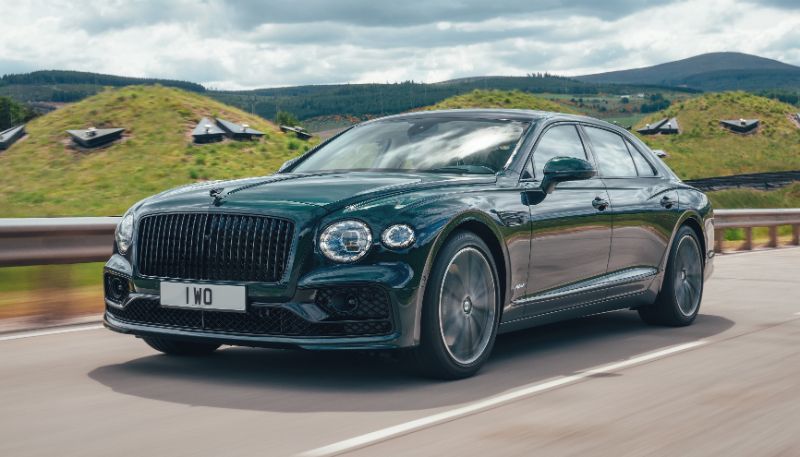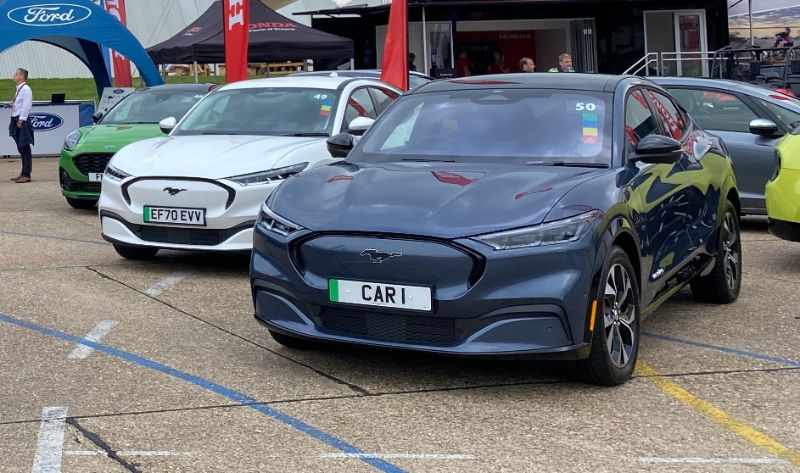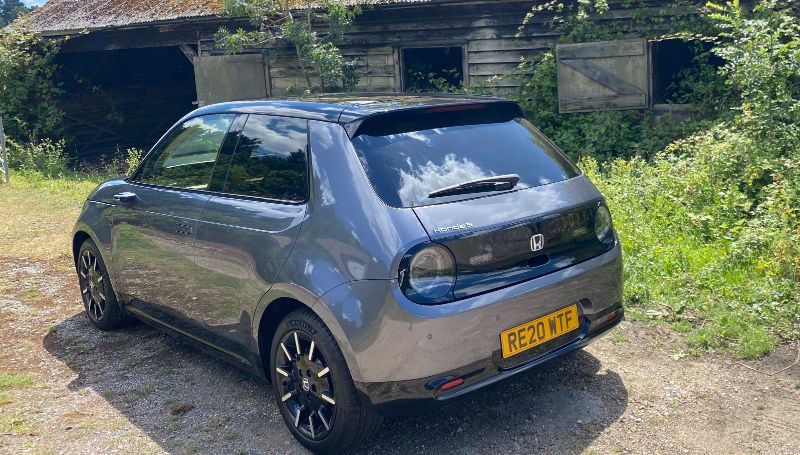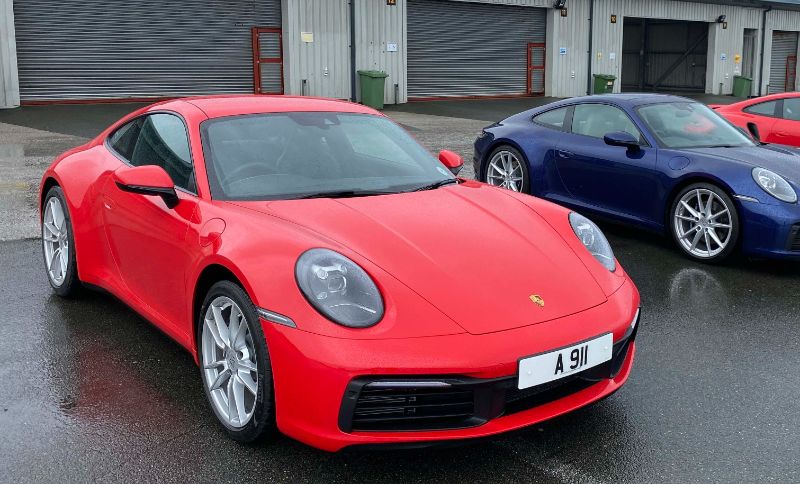Over my 35 years in the number plate industry, one question I often hear is, “What do I need to do to buy a number plate? “
Whether you’re looking for standard number plates made to a high quality or custom number plates to personalise your vehicle, understanding the process can make it much smoother. As the founder of NewReg.co.uk, and a nationally recognised number plate maker, I’m here to guide you through everything you need to know.
Understanding Physical Plates vs. Personalised Registrations
First, it’s essential to distinguish between the physical number plate and the registration number.
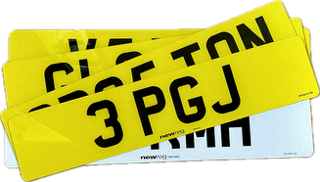
- Physical Number Plates. These are the acrylic or aluminium plates attached to your car. They display your registration number and must comply with UK laws to ensure they are legal. New Reg is registered with DVLA to supply you with official, legal new number plates.
- Personalised Registrations. This is the unique combination of letters and numbers that identifies your vehicle. Subject to availability, you can design your own personalised registration number to make your car stand out. It’s this limitation of desired combinations, the fact that there’s only one of each specific registration, coupled with the ability to transfer, that creates the registration industry.
Section 1 – Buying Physical Plates from a Number Plate Maker
When you need new car number plates made, perhaps due to damage or after purchasing a personalised registration, you’ll need to buy from a number plate maker. But, before you start searching ‘number plate maker near me’, here’s what you need to know.
What Docs You’ll Need to Buy Physical New Plates
- Proof of Name and Address .Driving Licence, Rates Bill, Council Tax form, Bank or Building Society Statement or Utility Bill.
- Number Plate Authorisation Certificate (V948).Issued by the DVLA, this certificate may be required if you only have the V5C new keeper supplement or are using a temporary registration certificate.
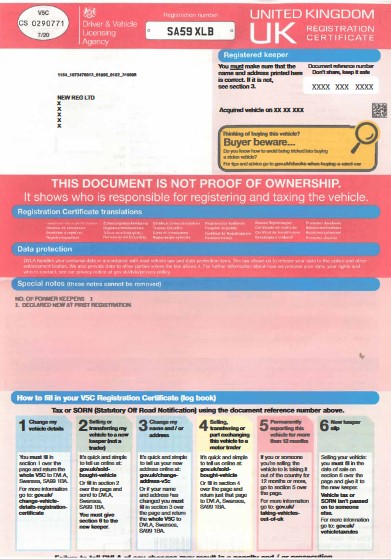
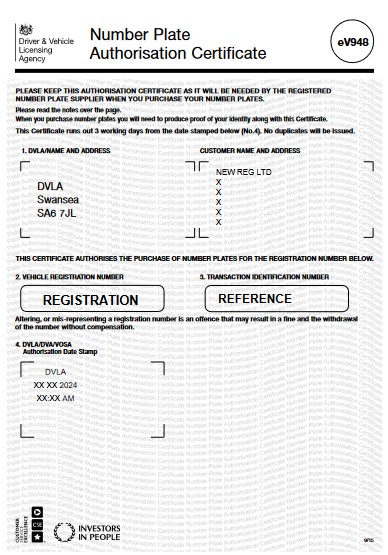
Choosing a ‘Cheap’ Number Plate Maker Near You
Selecting a registered number plate maker ensures your plates are legal and high quality, cheap local suppliers don’t always guarantee this. At NewReg.co.uk, we are an official DVLA registered number plate supplier committed to quality and customer service. Our standard number plates are manufactured to meet all legal UK registration plates standards, ensuring they are compliant.
We are in essence a ‘local store’, as we can deliver your new car number plates to your door next day, in most circumstances, so there really is no need to get into the traffic to visit a number plate maker near you!
Customising Your Plates
You might opt for standard registration plates or prefer custom car number plates made to add a personal touch.
Options include:
- Plate Style: Standard rectangle, square number plates, or bespoke plates to suit your vehicle’s design. You’ll be able to personalise your options here and have number plates made to your exact specification. (subject to the legal parameters)
- Additional Features: Add a green stripe for electric vehicles or national flags, as permitted by UK road laws.
- There are no options on spacing . Squeezing characters together or using illegal font types may subject you to a fine.
Section 2 Purchasing the ‘Rights’ to a Personalised Registration
If you’re interested in a personalised registration to make your car truly unique, here’s how to acquire one.
How to Buy a Personalised Registration
- Search for Your Desired Registration.
Visit NewReg.co.uk to explore millions of combinations from our extensive range of registration numbers. When you’ve made your choice, simply follow our online prompts and you’ll speed through everything you need for us to complete the transfer.
- Required Documents.
You’ll need the Reg Certificate (V5C), to assign the registration to your car.
If applicable, ensure your vehicle has a valid MOT, this is a required criteria.
Vehicle Tax is also required, or alternatively a valid Statutory Off Road Notification (SORN).
- Transfer Process.
If you choose, New Reg can handle the entire bureaucracy and transfer process with DVLA Swansea on your behalf, making it seamless for you.
- Fees.
Let’s address the Government fee, that some hopeful buyers think is optional! The £80 fee is always payable to the Vehicle Licensing Agency for the transfer OR retention of the registration, it is unavoidable.
Number Retention Document and Assignment
Certificate of Entitlement or Retention Document (V750 or V778).
If you’re not ready to assign the registration immediately, you can retain it on a certificate for up to 10 years. When a mark is on retention, you should make a record of the expiry date in your diary as a renewal reminder is not always sent.
Assignment to a Vehicle.
When ready, New Reg can assist in assigning your registration mark from certificate to your vehicle, ensuring all legal requirements are met.
‘Things’ to Consider
Legal Requirements.
You cannot make a car appear newer than it actually is. For example, you can’t assign a ’25’ plate to a car registered in 2023, because this would make the 2-year old car look brand new.
Cost.
Prices for personalised reg’s vary widely, depending on their desirability. Prices start from £100 and can exceed £1,000,000 for something like A 1, the ultimate ‘work of art’.
Why Choose NewReg.co.uk as Your Custom Number Plate Maker
As a well-known maker of replacement plates and supplier of private plates, we offer:
- Exceptional Customer Service. Our team is dedicated to helping you every step of the way.
- High-Quality Number Plates. We use premium materials to ensure your plates have a sleek finish and durability.
- Legal Compliance. All our plates meet the standards set by the DVLA.
Custom Number Plates and Personalisation Options
Custom number plates allow you to express your personality.
Options include:
- Custom Plates for Electric Vehicles. Add a green stripe to signify your eco-friendly choice. ( AKA Green number plates, the official stamp for EV cars!)
- Bespoke Plates. Tailor the size and shape to fit unique plate styles on certain vehicles.
- Number Plate Builder. Use our online number plate builder to visualise your legal UK number plates.
Replacement Number Plates
If your existing plates are damaged or lost, we can provide replacement number plates.
You’ll need:
- Proof of Identity as mentioned earlier, such as a driving licence or passport.
- Proof of entitlement, your V5C, V750, V778 or number plate authorisation certificate.
Legal UK Number Plates & Compliance
It’s crucial to ensure your private number plates are road legal. This involves
- Approved Font and Sizes compliant with UK regulations, on character size and spacing.
- Officially stamped plates that must display the manufacturer’s name and postcode.
- Reflective material for visibility, especially at night.

Additional New Reg Services
- New Reg provide screw or sticky pads for easy and secure attachment of your plates.
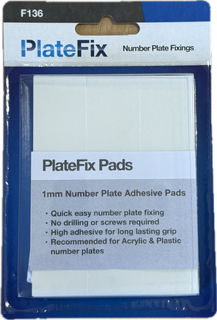
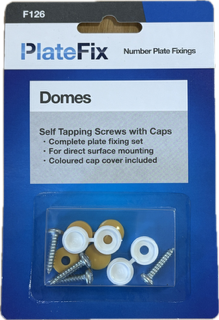
- If you want to sell registration numbers, New Reg can assist with that process too.
- If you are a hire company or a fleet operator, our team will try to find a ‘range’ of complimentary unique combinations to address your business needs.
- New Reg offer a match price on demand scheme, otherwise known as our price promise. Where we match the price offered by any other supplier for previously unissued stock.
Knowledge Summary.
Your vehicle registration certificate is a vital document, it contains:
- Registration Details: Your car’s registration number, make, model, and other identifiers.
- Document Reference Number: Used for verification when purchasing private number plates.
Road Legal Requirements & UK Road Laws
Adhering to UK laws ensures your car remains road legal
- Display Requirements: Legal UK Number plates must be clearly displayed on the front and rear of the vehicle.
- Legal UK Numberplates must conform to standards set by the Vehicle Standards Agency.
The Importance of Using a Trusted Number Plate Supplier
By choosing a trusted number plate maker like NewReg.co.uk, you benefit from
- Compliance with Regulations: We ensure your plates meet all legal requirements.
- High-Quality Number Plates: Manufactured using premium materials for durability.
- Exceptional Customer Service: Our team is always here to assist with your enquiries.
Tips for Maintaining Your Number Plates
- Regular Cleaning: Keep your plates clean to ensure they are legible.
- Secure Attachment: Use provided sticky pads or screws to securely attach your plates.
- Check for Damage: Replacement number plates will be necessary if they become damaged to remain compliant.

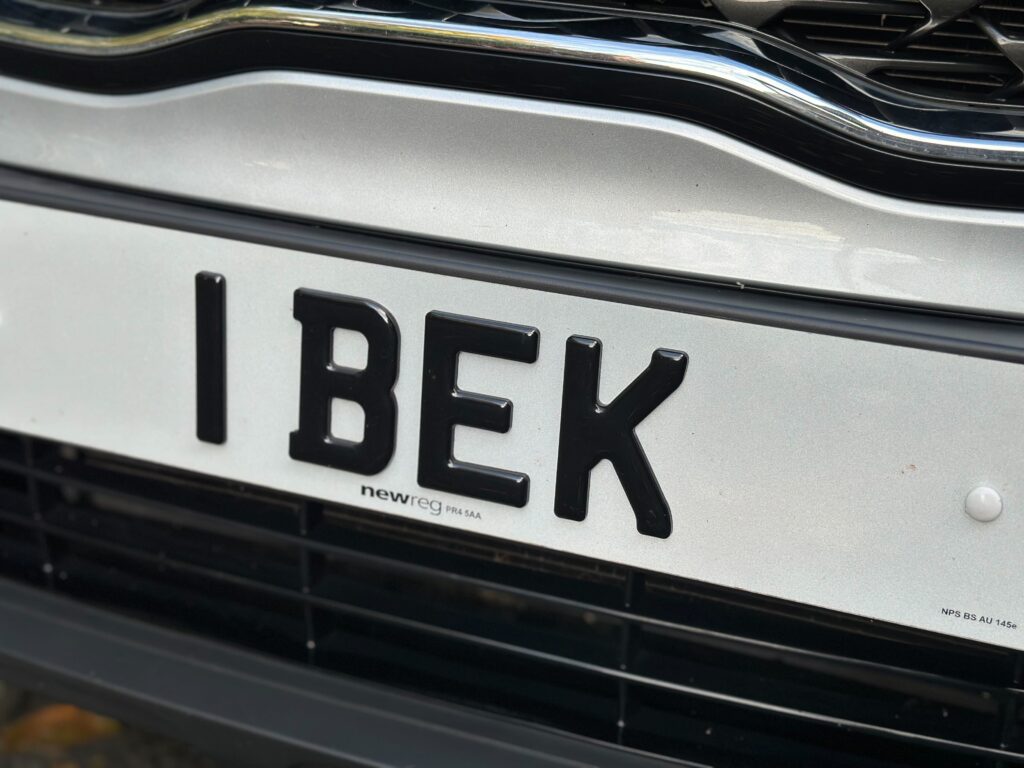
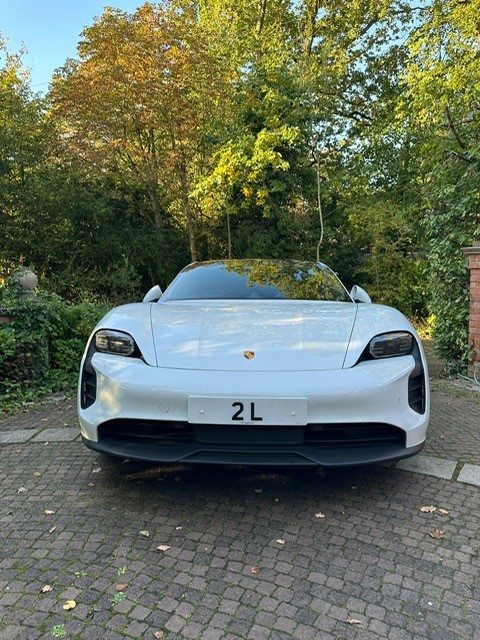
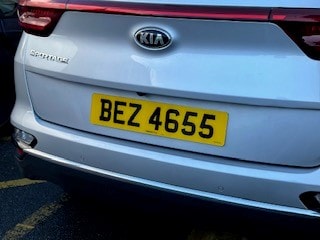
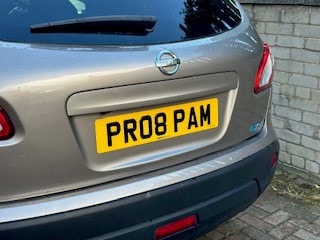
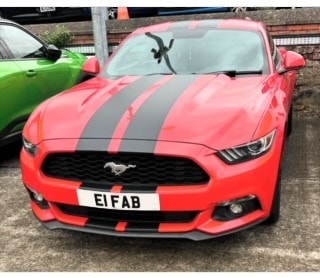
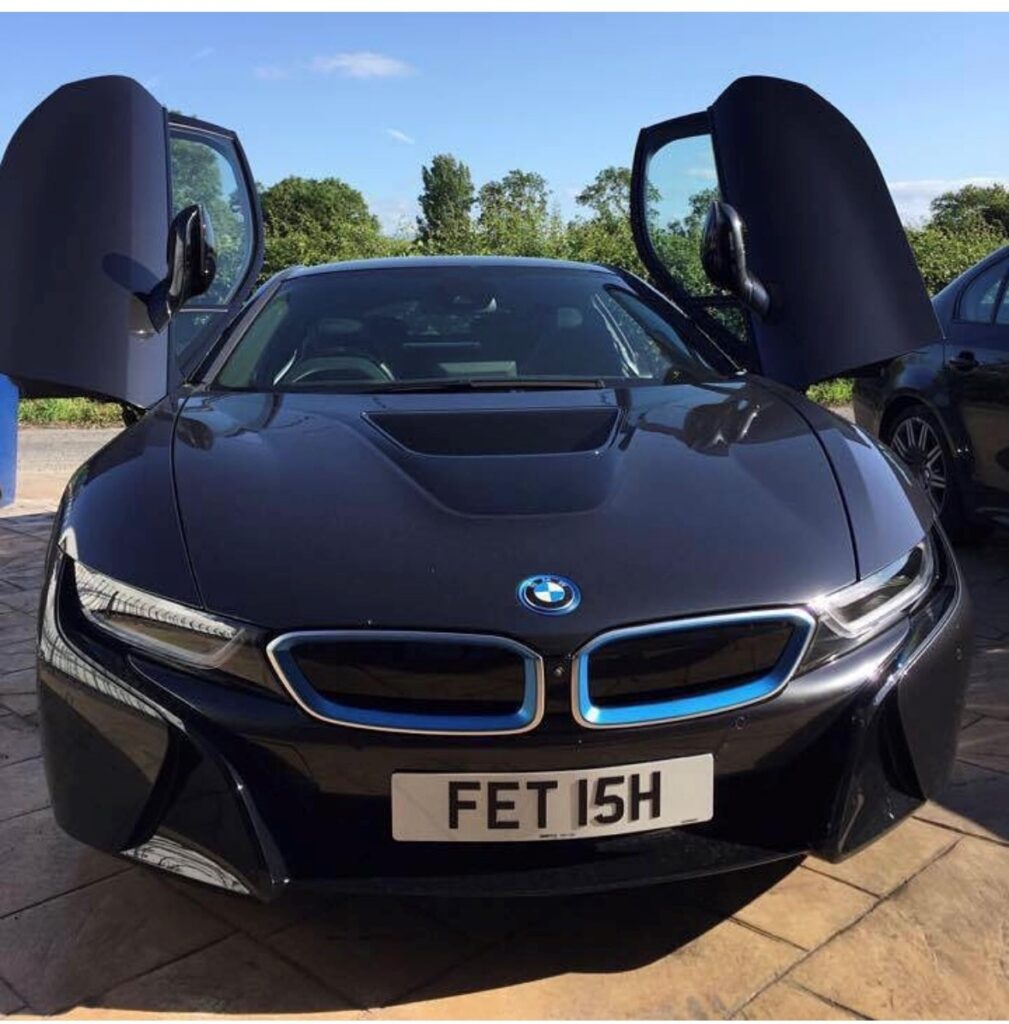


 ABC 123 would suit his full name, Alan Brian Charles.
ABC 123 would suit his full name, Alan Brian Charles. 
